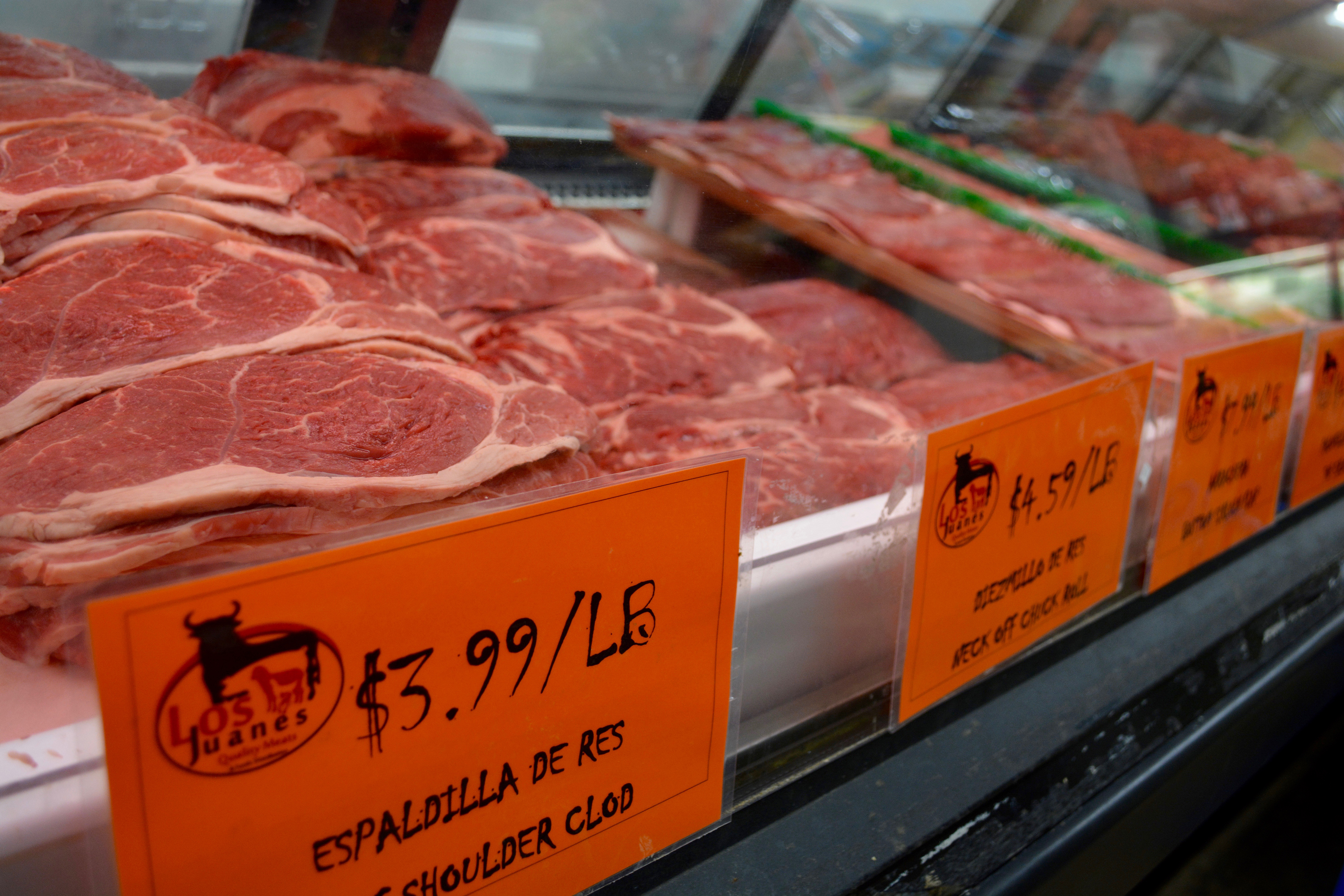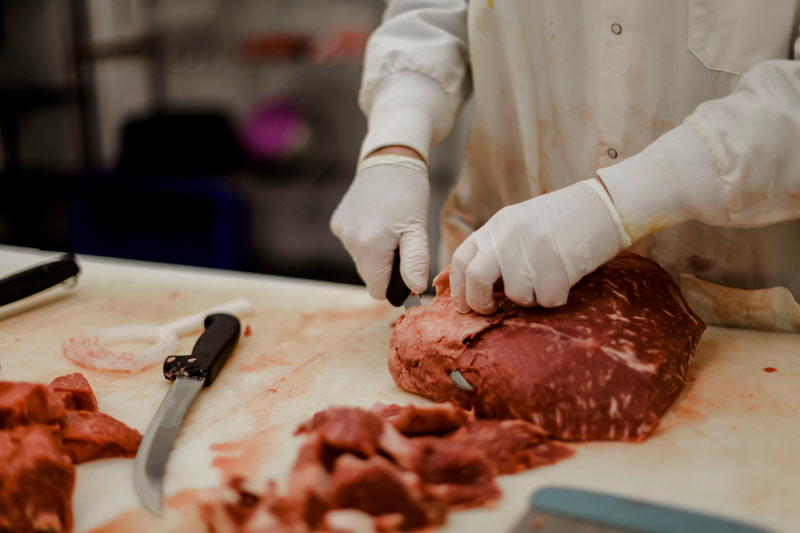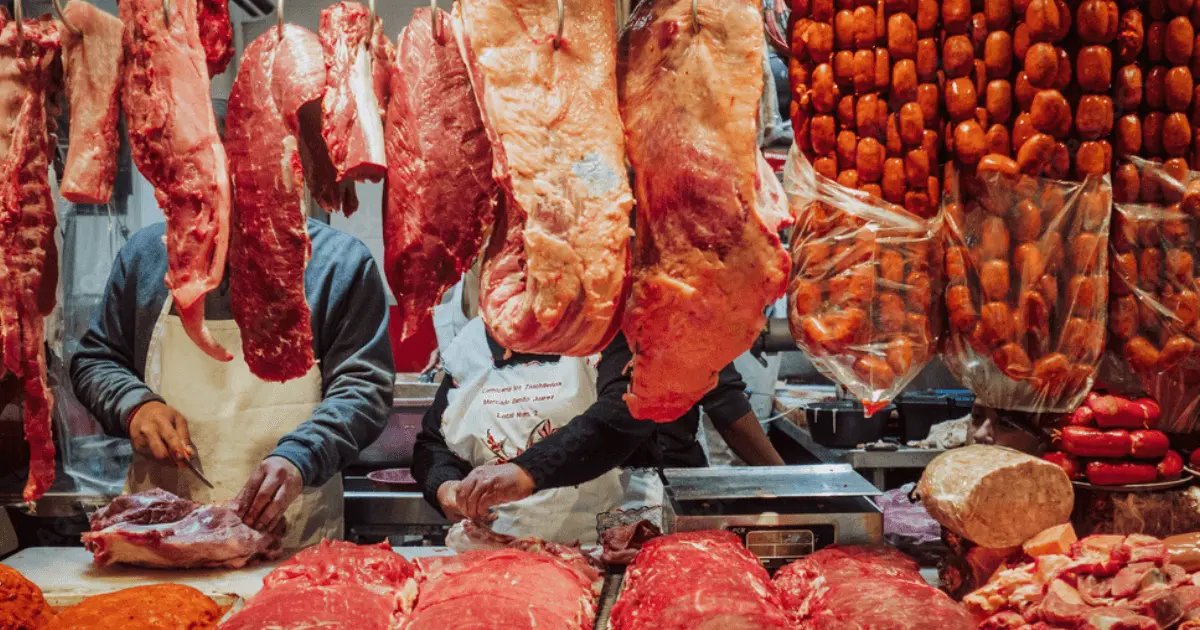Bagley Farms Meat Market Edwardsville IL: Your Go-To Destination for Regional Meat Choice
Bagley Farms Meat Market Edwardsville IL: Your Go-To Destination for Regional Meat Choice
Blog Article
Uncover the Art of the Butcher's Cut in a Modern Meat Market
In the ever-evolving landscape of modern-day meat markets, the butcher's cut has transcended its traditional origins, merging old-time craftsmanship with contemporary techniques. What genuinely sets the modern-day butcher apart is their capability to build a deeper connection between consumers and the beginnings of their meat.
Development of Butchery Techniques

The mid-20th century saw butchery strategies additionally improved by clinical insights into muscular tissue biology and meat aging, improving both tenderness and taste. Developments like vacuum cleaner product packaging and refrigeration prolonged product shelf-life, enabling butchers to diversify offerings and boost quality assurance. This duration additionally marked the rise of customized devices, such as band saws and meat slicers, which enhanced precision and performance in meat processing.
The 21st century has presented digital technology right into the butchery realm. Computerized systems currently aid in monitoring animal provenance and maximizing cuts to satisfy specific consumer preferences. In addition, a rebirth in artisanal butchery has arised, blending traditional abilities with modern understanding to satisfy customers seeking moral and sustainable meat alternatives. This evolution emphasizes a dynamic interaction between custom and innovation, conference contemporary needs while preserving the craft's heritage.

Recognizing Meat Cuts

Comprehending the ins and outs of meat cuts is necessary for both butchers and customers seeking high quality and value. Each cut comes from a various component of the pet, giving special tastes, structures, and cooking methods. Proficiency of these distinctions not only enhances cooking experiences yet additionally takes full advantage of the energy of each carcass. For butchers, exact cuts reflect ability and regard for the craft, making certain marginal waste and optimum return.
The key categories of meat cuts consist of primal, sub-primal, and retail cuts. Butchers after that break these down better into sub-primal cuts, prior to lastly producing retail cuts readily available to consumers, like ribeye or tenderloin.
Understanding muscle mass structure is important; muscles utilized more regularly by the animal often tend to be tougher and are best fit for slow-moving cooking methods, while less-used muscular tissues, like those discovered in the loin, are more tender and perfect for barbecuing or roasting. Familiarity with these differences encourages consumers to make informed selections, boosting their culinary endeavors.
Picking Top Quality Meat
Choosing the best meat entails more than just choosing an aesthetically appealing piece from the screen. The art of choosing high quality meat calls for a discerning eye and understanding of specific characteristics that symbolize freshness and excellence. Pay focus to the shade; beef should have a bright, cherry-red click resources tone, while lamb ought to display a soft pink tone, and pork a pale pink. This suggests the meat is fresh and hasn't been revealed to oxygen for also long.
Second of all, take into consideration the marbling, which describes the white flecks of fat within the muscle. Proper marbling is a key indicator of inflammation and flavor, as it melts during food preparation, boosting the meat's juiciness. Keep in mind, higher marbling usually correlates with premium top quality cuts, such as USDA Prime.
Structure is another critical variable; meat must feel solid to the touch, not slimy or overly soft. In addition, bear in mind the fragrance. Fresh meat should have a tidy, neutral scent, without any sour or repulsive odors.
Matching Cuts With Food Preparation Techniques
Efficiently coupling cuts of meat with the suitable food preparation approaches is necessary for achieving ideal taste and texture. Different cuts differ in inflammation, marbling, and connective cells web content, each why not look here requiring certain strategies to unlock their capacity. For circumstances, tender cuts like filet mignon and ribeye, with their inherent marbling, benefit from high-heat, quick-cooking techniques such as cooking or pan-searing. These techniques boost the meat's all-natural tastes and ensure a juicy finish.
Alternatively, harder cuts like brisket and chuck roast are abundant in collagen, which damages down right into jelly when cooked slowly. These cuts are optimal for braising or sluggish roasting, enabling the meat to tenderize in time and establish deep, complex flavors. Similarly, cuts such as short ribs and pork shoulder prosper with slow-cooking approaches, where expanded cooking times change their durable structures into succulent dishes.
Lamb shanks and oxtail, which call for extended cooking to soften, are ideal candidates for stewing or slow simmering. These methods coax out abundant, passionate flavors while maintaining dampness. By recognizing the one-of-a-kind features of each cut, chefs and home chefs alike can raise their culinary productions, making certain each meal is both satisfying and remarkable.
The Butcher's Duty Today
Browsing the developing landscape of the modern meat market, the butcher's duty today extends past plain preparation of cuts. Contemporary butchers are culinary craftsmens, educators, and supporters for sustainable techniques.
In addition to crafting specific cuts, butchers now involve directly with consumers, supplying cooking recommendations and tailoring choices to suit specific needs and preferences. Their expertise in meat aging, marbling, and flavor profiles equips consumers to make educated decisions, enhancing their cooking experiences. This personalized service exemplifies the butcher's progressing duty as a relied on expert in the kitchen.
Additionally, butchers are crucial in minimizing waste, using entire pets to develop diverse products such as sausages and stocks - bagley farms meat market edwardsville il. This detailed strategy not just respects the animal but also lines up with contemporary sustainability goals. In this method, the modern-day butcher personifies both practice and innovation, adapting to an ever-changing market while preserving the artistry and integrity of their craft

Verdict
The modern butcher's craft intricately weaves traditional strategies with contemporary developments, emphasizing lasting methods and ethical sourcing. Proficiency in recognizing diverse meat cuts and top quality signs empowers butchers to offer informed suggestions, aligning certain cuts with optimal food preparation techniques. This proficiency not just elevates cooking experiences but additionally strengthens the link between customers and the origins of More Bonuses their food. By honoring historic practices while welcoming contemporary needs, the butcher's role stays vital in today's advanced meat market.
Report this page